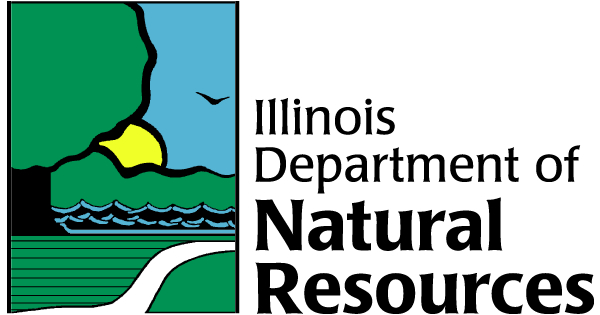paper birch
paper birch (Betula papyrifera)
Illinois Status: common, native
Features and Behaviors
FEATURES
Paper birch is also known as canoe birch. This deciduous tree may grow to a height of 70 feet and have a trunk diameter of two feet. Its white or cream-colored bark is thin. The bark splits into layers at maturity, becoming dark and furrowed near the base of the trunk. Twigs are slender, zigzag, red-brown to black and hairy. The slender, pointed, dark brown buds are smooth and about one-fourth inch long. Leaves are arranged alternately along the twigs. These simple, toothed, ovate leaves may be three inches long and one and one-half inches wide. The leaf is dark green and smooth on the upper surface, while the lower surface is yellow-green with black dots and may be smooth or slightly hairy. The leafstalk is yellow. Male and female flowers are separate but located on the same tree. Male flowers develop in spikes that are up to four inches in length. The tiny, female flowers are borne in thicker spikes that are about one and one-fourth inches long. Female flowers do not have petals. The fruit is a tiny samara (winged seed). Samaras form in cylindrical clusters.
BEHAVIORS
Paper birch may be found naturally in Carroll, Cook, Jo Daviess, Lake, McHenry and Ogle counties. It grows in forests, wetlands and on sand dunes. Flowers are produced from May through June. Wind is the agent of pollination and seed dispersal. The seeds are used as a food source by small birds. The leaves turn yellow in the fall of the year. The wood of this tree is lightweight, hard and strong. It may be used for wood pulp, fuel, toothpicks and thread spools.
Illinois Range
Taxonomy
Kingdom: Plantae
Division: Magnoliophyta
Class: Magnoliopsida
Order: Fagales
Family: Betulaceae
Habitats
Woodland
upland deciduous forests


